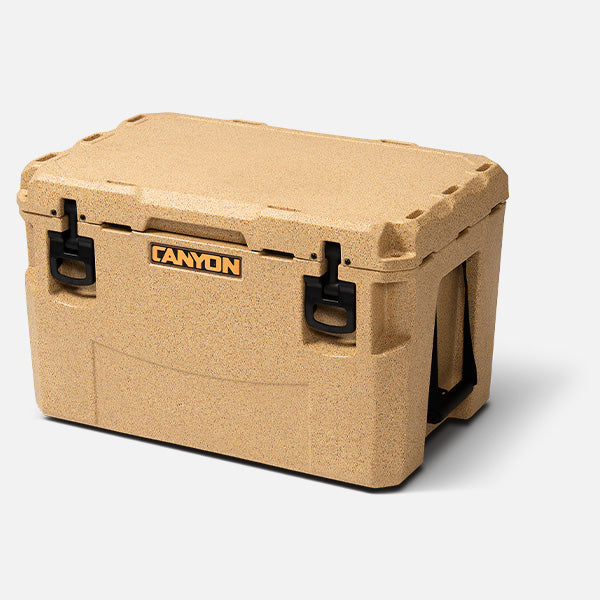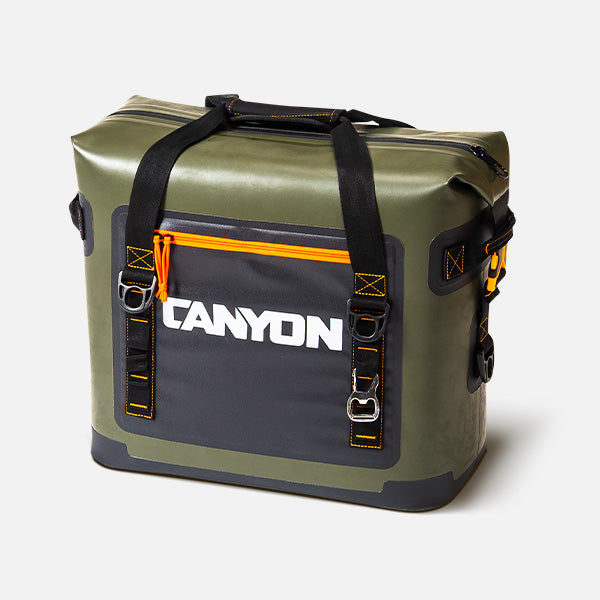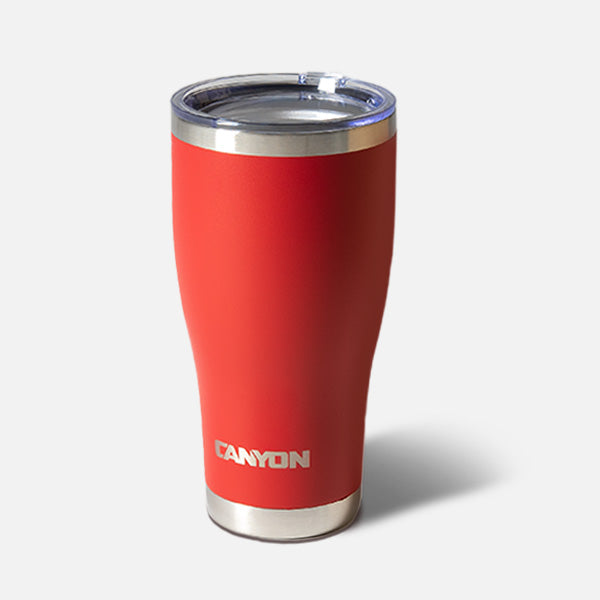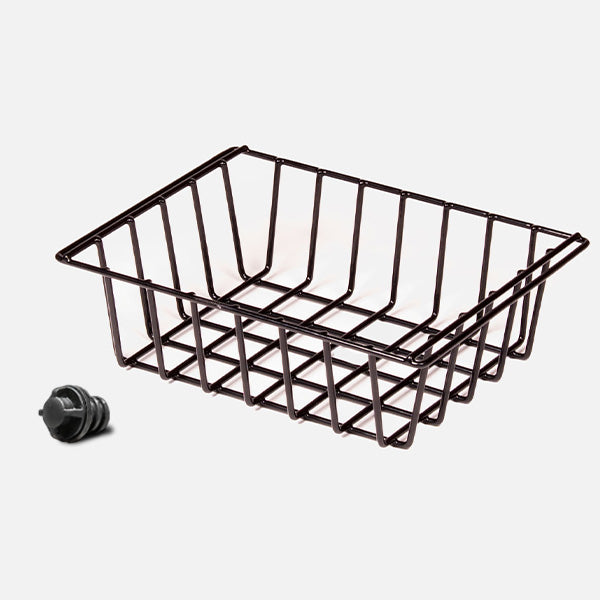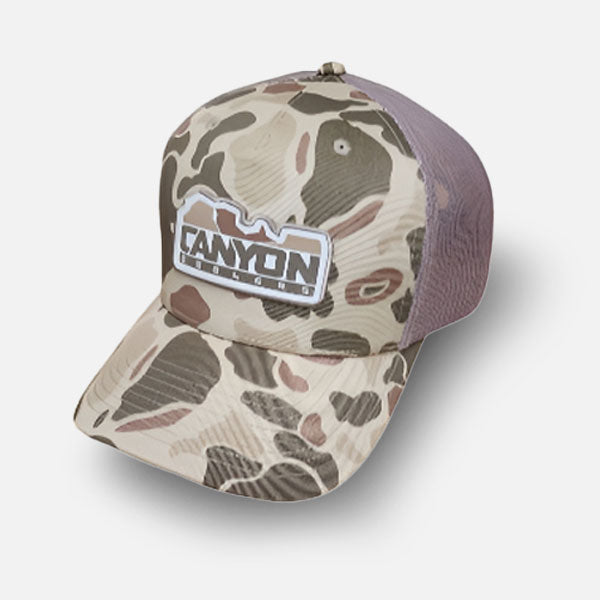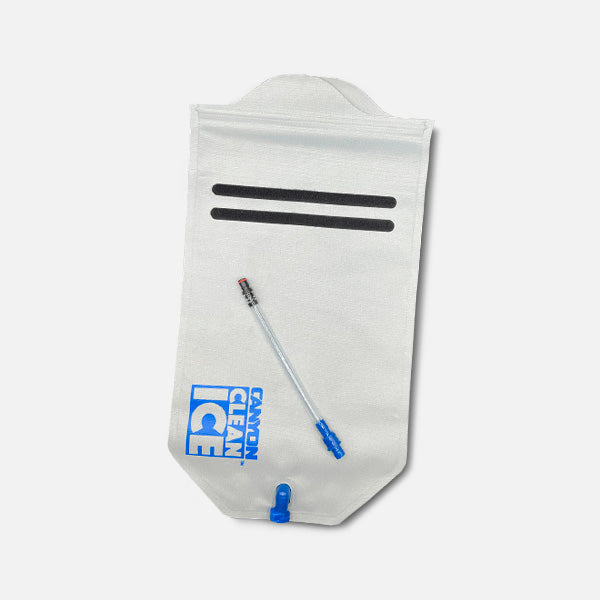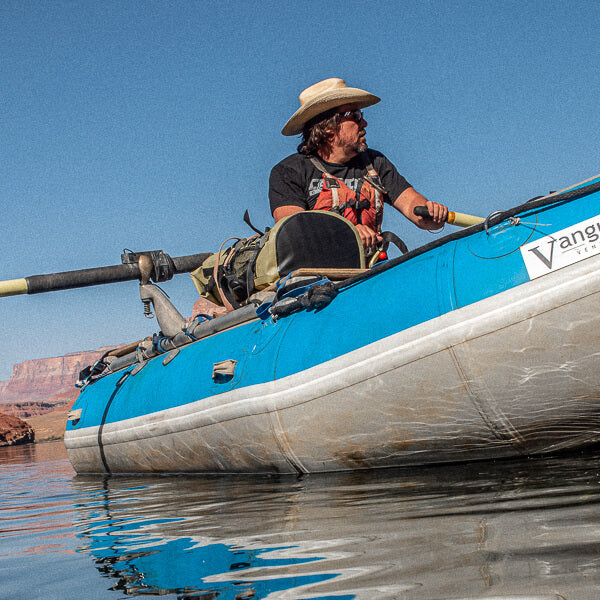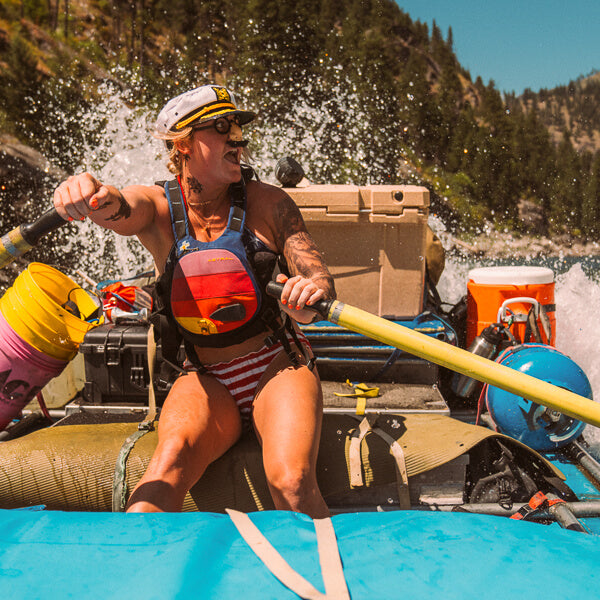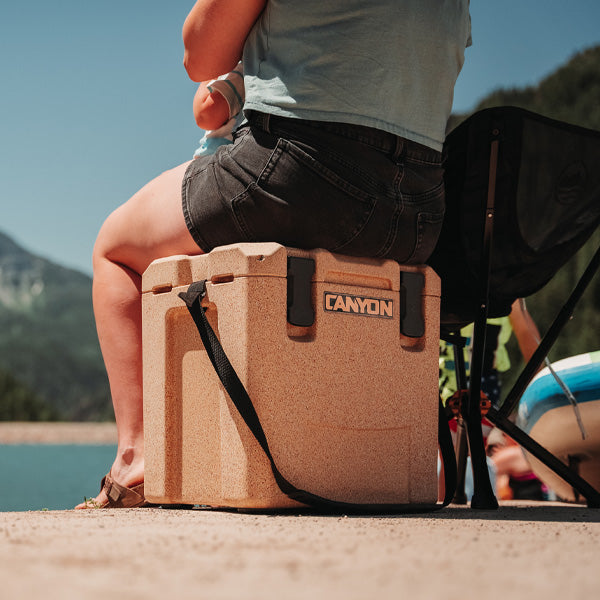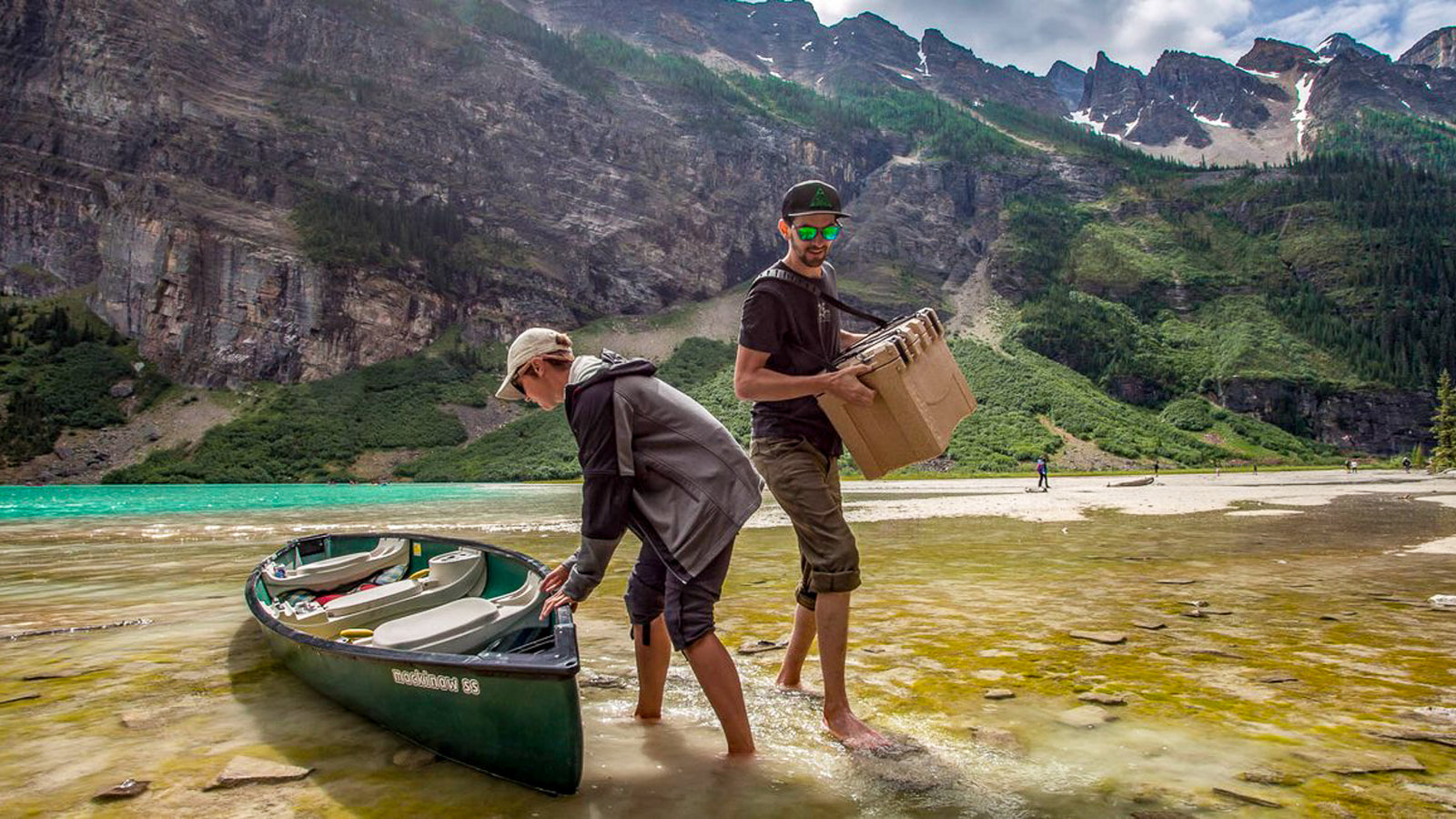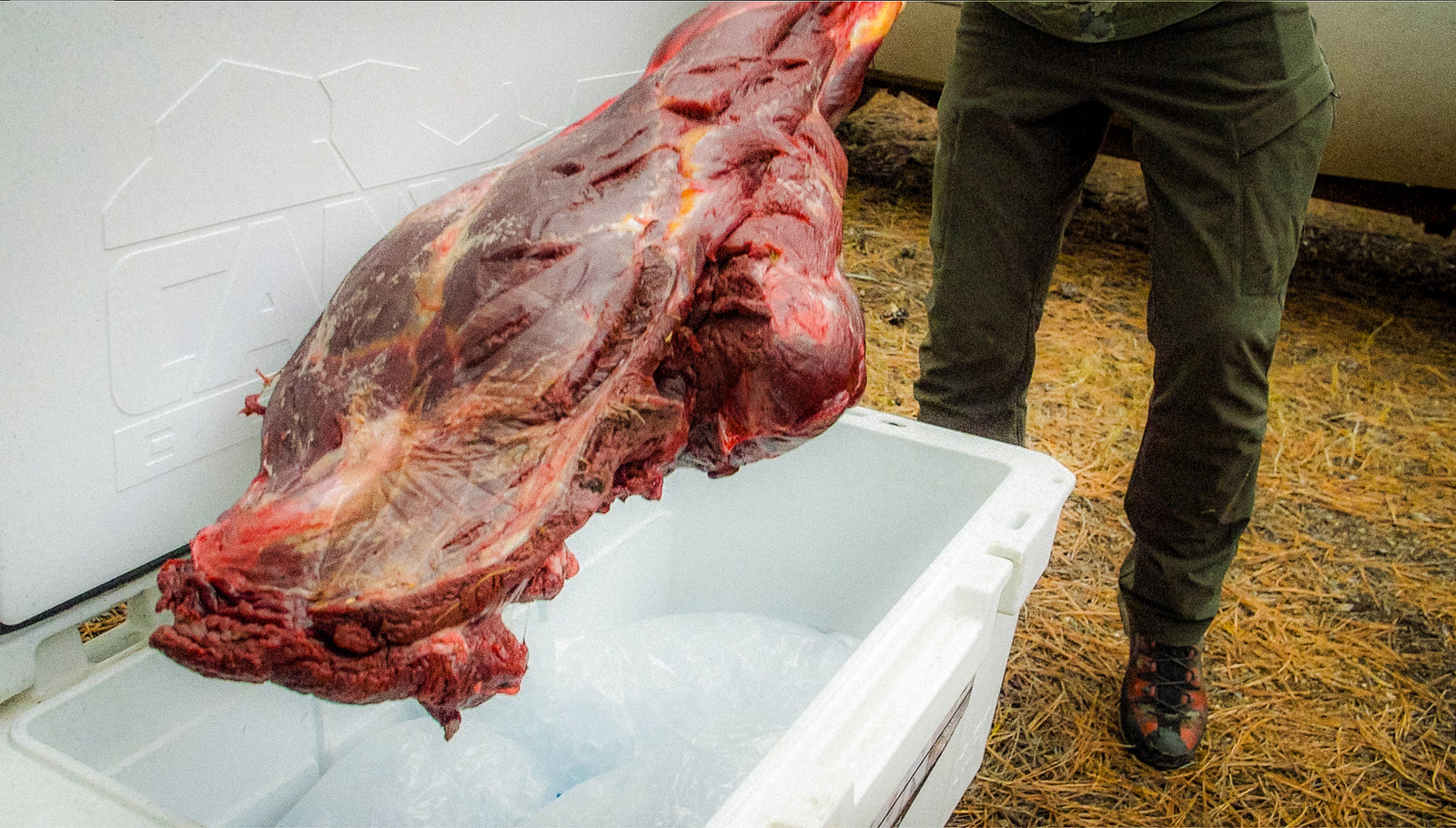Most people consider camping to be sleeping outside. But it's rarely that alone. Camping trips are often multi-day trips to do other outdoor activities. And camping is what what connects one day's adventure to the next.
The camp site, then, is the base of operations, while the "operations" is something different. It could be fishing, or hunting. It's a week of racing around the dunes in performance off-road vehicles. Or maybe just moving slowly along forest trails by foot or bicycle.

Camp is the outdoor home away from the indoor home. It’s a temporary domestication of a wild place to create a safe space for the business end of being outside. It’s where we establish shelter. We set out beds to sleep. We create a make-shift kitchen to prepare meals. And it’s where we kick back, recover, and process the day’s adventures by sharing beer, stories, and songs around a fire. In this way, camping is one of the most human activities.
The Camp’s makeshift kitchen is central to the experience. The kitchen is made of some variation of three essentials: dry goods, cold goods, and tools.

The tools of a kitchen include gear to prepare food, cook food, eat food, and then clean up when the meal is over.
The dry goods are items that don’t need refrigeration to last. This is your bread and chips and snacks. Where you keep these is inconsequential. You could organize them into gear boxes of varying quality—from durable roto-molded boxes to cheap plastic bins, or simple bags. Because these items don’t spoil, storage is more about keeping a tidy kitchen than keeping it good to eat.
Cold goods need more thought. Your cold goods include meat, dairy, and some fruits or vegetables. These items’ freshness is volatile. Unless you take precautions, what’s fresh will spoil.
You have a two options for the cold component of your outdoor kitchen. You can use a small, portable refrigerator. Or you can use a cooler. There are pros and cons to both. Portable refrigerators tend to be small, so limited for long, multi day trips or trips with a lot people. Further, these products need a power source. Coolers, however, come in a variety of sizes. They don’t need power, but they do need ice management.

Coolers work by using insulation to slow the transfer of heat from the outside to the interior. Modern, premium coolers use a durable plastic and dense foam to create a barrier against heat. When chilled, the cooler maintains a low internal temperature, preserving food and drinks. The effectiveness of a cooler depends on it's insulation quality, seal tightness, and how often it's opened.
To learn about the science of how coolers work, check out our Complete Guide to Hard Coolers.
Selecting the right size cooler involves the length of your trip, the number of people camping, and the amount of perishable food you bring. A general rule of thumb is to allow 1-2 quarts of cooler space per person per day of camping. For weekend trips with a small group, a 35-65 quart cooler might suffice. Longer trips or larger groups need coolers in the 75-150 quart range. Consider your vehicle space and transporting the cooler when full.
For more information on how to choose the right size cooler, check this post.

Often, a multiple-cooler-approach is better. This strategy uses two smaller coolers in place of one larger ice chest. This allows you to keep perishables in one cooler that stays closed, while cold drinks stay in the other.
Thinking through your camp set up ahead of time is vital. This allows you to plan your shelter and kitchen so you can focus more on being outside and less on what’s missing from home.
A solid cooler (or two), ensures an enjoyable experience and cold drinks for all.

